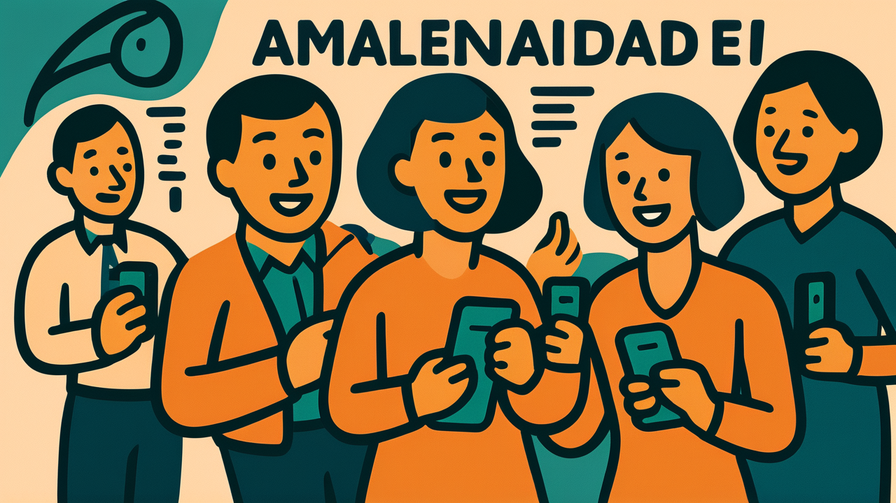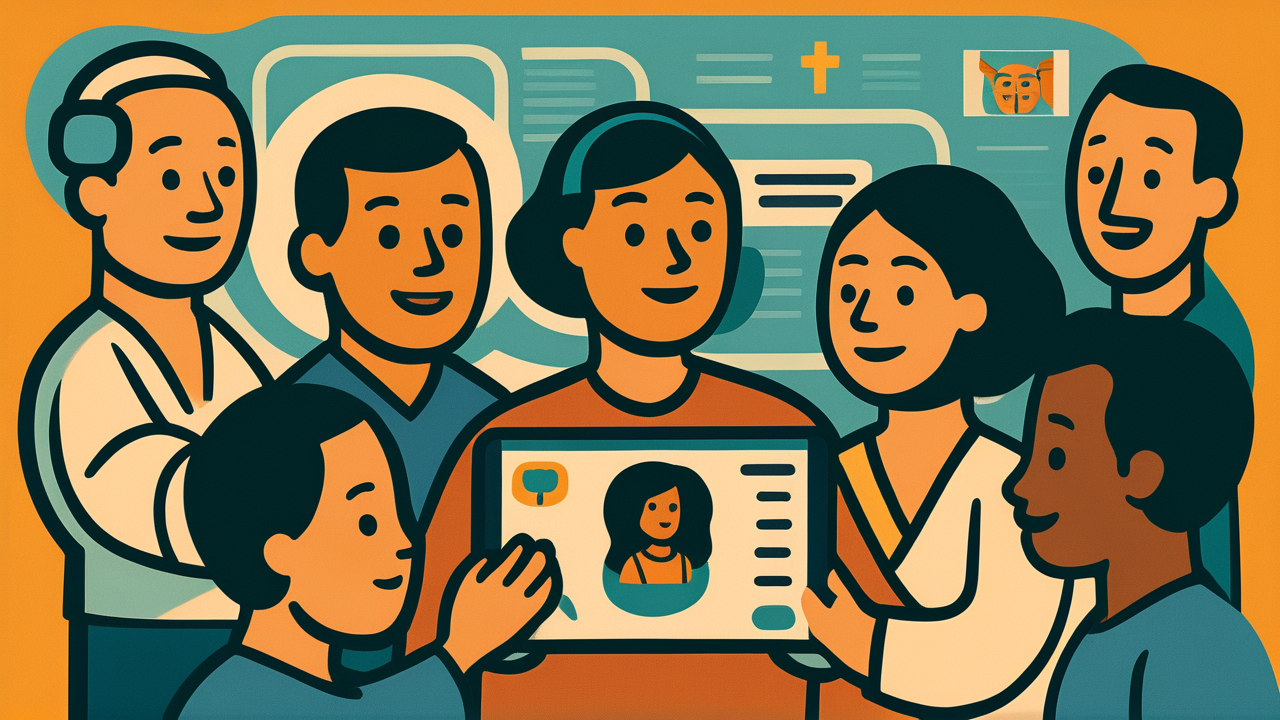[Disclaimer] This article is reconstructed based on information from external sources. Please verify the original source before referring to this content.
News Summary
The following content was published online. A translated summary is presented below. See the source for details.
Google has expanded its AI-powered camera translation feature to include over 30 endangered languages, marking a significant step in digital language preservation. This innovative tool allows users to point their phone camera at text in these endangered languages and receive instant translations, making these languages more accessible to learners and speakers alike. The feature works through Google’s advanced AI technology that can recognize and translate text in real-time, even for languages with limited digital resources. This initiative is part of Google’s broader commitment to preserving linguistic diversity and making endangered languages more viable in the digital age. By including languages that are at risk of disappearing, Google is providing communities with tools to document, teach, and use their ancestral languages in modern contexts. The camera translator can help tourists understand signs in indigenous languages, assist students learning their heritage languages, and enable speakers to share their languages with non-speakers. This technology represents a crucial bridge between traditional language preservation efforts and modern digital communication, potentially helping to reverse language decline by making these languages more practical and accessible in everyday life.
Source: Google Blog
Our Commentary
Background and Context

Imagine you’re traveling and see a sign in a language you don’t understand. With Google’s camera translator, you just point your phone at it and—like magic—you can read it in your own language. Now, Google is using this same technology to help save languages that are disappearing.
This is huge because many of the world’s 7,000 languages are endangered, with some having only a few hundred speakers left. When these languages disappear, we lose unique ways of understanding the world, traditional knowledge, and cultural identity. Google’s AI camera translator is turning smartphones into powerful tools for language preservation.
Expert Analysis
What makes this technology special is how it works with languages that have very little digital presence. Here’s the clever part:
AI Learning from Limited Data: Traditional translation tools need millions of examples to work well. But endangered languages often have limited written materials. Google’s AI can learn from smaller amounts of data, making it possible to include languages that were previously impossible to digitize.
Real-time Visual Translation: The camera doesn’t just take a picture—it overlays the translation directly on your screen, preserving the visual context. This is especially important for languages with unique scripts or writing systems that carry cultural significance.
Two-way Bridge: This isn’t just about translating from endangered languages to major ones. It also helps speakers of endangered languages access information in other languages, making their language more practical for modern life.
Additional Data and Fact Reinforcement
The impact of this technology is significant when you consider the numbers:
• 30+ endangered languages now supported
• 40% of languages worldwide are considered endangered
• 1 language dies every 2 weeks globally
• Many endangered languages have fewer than 10,000 speakers
Languages included might range from Native American languages like Navajo or Cherokee, to Celtic languages like Scottish Gaelic, to Pacific languages like Hawaiian or Maori. Each represents a unique worldview and thousands of years of cultural evolution.
Related News
This development connects to the broader movement we discussed earlier with Global Voices’ campaign to preserve indigenous languages online. Tech companies are increasingly recognizing their role in language preservation. Microsoft has added endangered languages to its translation services, and Facebook has created keyboards for indigenous languages.
The timing is critical as UNESCO has declared 2022-2032 the International Decade of Indigenous Languages. Google’s camera translator adds a practical tool to preservation efforts, making these languages useful in daily life rather than just museum pieces. This practical application is key—languages survive when they’re used, not just studied.
Summary

Google’s AI camera translator for endangered languages represents a powerful fusion of cutting-edge technology and cultural preservation. By making 30+ endangered languages instantly translatable through a smartphone camera, Google is helping these languages remain relevant and useful in the modern world.
For students, this shows how technology can be a force for preserving culture, not just disrupting it. Whether you speak an endangered language or not, this tool opens doors to understanding different cultures and ways of thinking. It also demonstrates how AI can be used for social good—not just for convenience or profit, but to help preserve the incredible diversity of human language and thought for future generations.
Public Reaction
Indigenous language communities have largely welcomed this development, seeing it as a tool to help younger generations connect with their heritage. Language teachers report that students are more excited to learn when they can use modern technology. Some linguists caution that while helpful, digital tools can’t replace human speakers and community language programs. Tourism boards in regions with indigenous languages see potential for cultural tourism, while privacy advocates remind users to be respectful when photographing text in communities.
Frequently Asked Questions
Q: How accurate are translations for endangered languages?
A: While not perfect, the AI improves continuously as more people use it. For basic understanding, it’s very helpful, though nuanced cultural meanings may need human interpretation.
Q: Can I use this to learn an endangered language?
A: Yes! It’s a great starting point for learning basic vocabulary and seeing how the language is used in real contexts, though you’ll still need proper lessons for fluency.
Q: Which endangered languages are included?
A: Google hasn’t released the full list, but it likely includes languages from various continents with active preservation communities and sufficient written materials for AI training.


